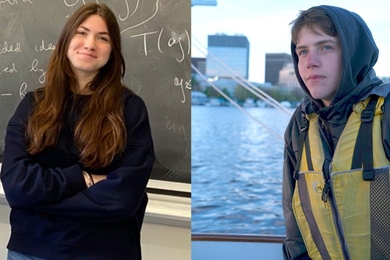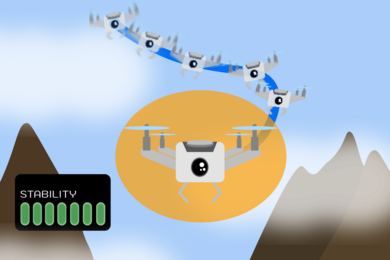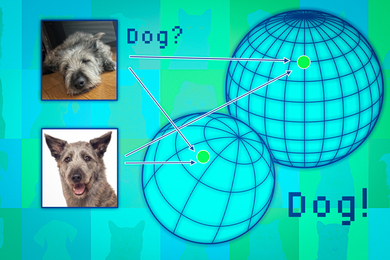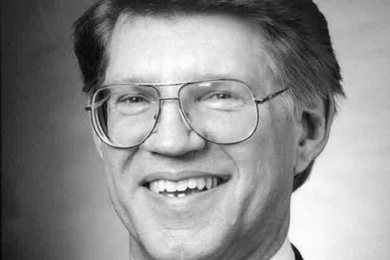Inspiration can come from anywhere--even from noodles.
Dr. Matabee Kenji Maeda, chairman of Maeda Corp., a Tokyo-based international construction firm, recently made a presentation to the Class of 2003 in MIT's Leaders for Manufacturing program as part of Professor Shoji Shiba's "Process Management and Quality" class. The title of Dr. Maeda's talk was "Creativity from Adversity: Three Breakthroughs at Maeda Corp."
According to Maeda, who holds an engineering doctorate but studied nonengineering subjects in college, his first technical breakthrough came from one of his favorite pastimes: making noodles. "I developed a new type of concrete mixer based on the principles of mixing ingredients to make Japanese noodles," he explained.
Maeda illustrated the concept with a video clip demonstrating that both his concrete mixer and the noodle-making process used the same type of movement. But even though his family had been the company's leaders for many generations, he was subjected to considerable derision and scorn within the corporation when he initially proposed his idea. Consequently, his concrete mixer, known then as the "president's folly" and now as the M-Y Mixer, took more than five years to develop.
Deeply troubled by the resistance he'd encountered, Maeda sought to reflect and to understand why. "The M-Y Mixer was a disruptive technology, both within Maeda Corp. and the construction industry as a whole, but it was an important and revolutionary breakthrough," he said. "I was concerned that if the idea had come from one of our younger employees, it would have been totally ignored."
Seeking to cultivate organizational breakthroughs in his company, six years ago he created the Maeda School, an informal educational entity. The school has graduated 34 students and has another 34 in its two-year program.
There are now four classes running in parallel, each meeting every two months for courses and discussions conducted in English. Maeda joins them for every session, attending classes two Saturdays per month. Students hear lectures by outside instructors and tour manufacturing facilities in different industries to help them think about the construction industry in new ways.
"We don't expect students' ideas to generate practical business results quickly," Maeda said. "Rather, we are training them in a new way to approach creativity with 'upside-down thinking.' We help them go from having a short-sighted perspective to a bird's-eye view. And we tell them that 'crazy is welcome.'"
Several of the Maeda School's students who accompanied Maeda to MIT shared ideas they had developed. For example, the company's "shadow board of directors," proposed by a third-year student, oversees the selection and introduction of breakthrough ideas into the corporation. Another idea involves creating a risk management comic book. Another, intended to go beyond the company's traditional corporate boundaries, resulted in the creation of a web page for families of Maeda employees. It advertises garage sales and recruiting information, and "there have even been ads by people seeking marriage partners," Maeda noted.
Maeda also covered organizational and business breakthroughs in his company. Even though Maeda Corp. was successful initially, disastrous industrial accidents caused management to realize that the company needed to change. In 1983, it adopted the philosophy of Total Quality Management. The company has received two of Japan's highest awards for quality: the Japan Quality Control Medal in 1995 and the Deming prize in 1985. In 2000, Maeda received the Deming Prize for Individual Excellence.
Shiba observed, "Japanese society has a strong heritage of people working together and learning from each other to unite the organization to help meet its goals. However, it can have a serious weakness because sometimes this heritage can kill the disruptive--that is, the breakthrough--idea. The Maeda School is an innovative experiment to develop an 'unlearning organization' that will help eliminate this weakness."
A version of this article appeared in MIT Tech Talk on September 12, 2001.






